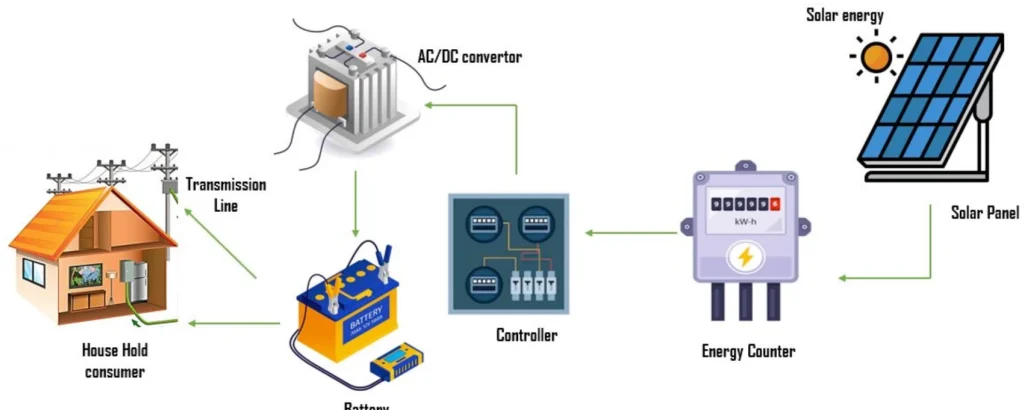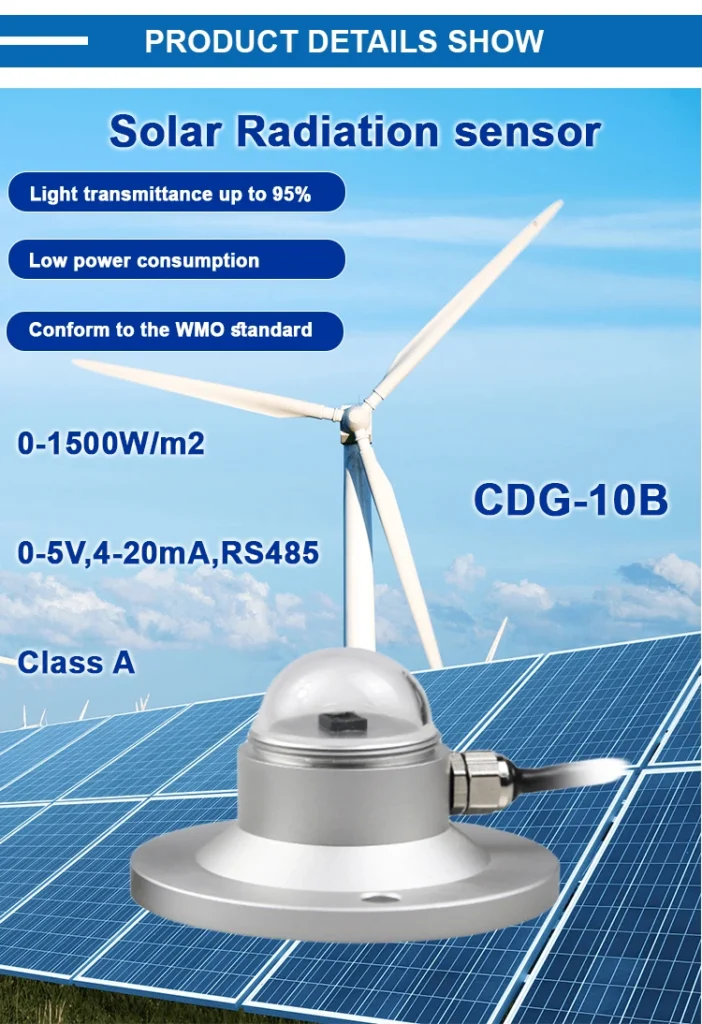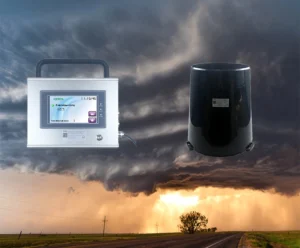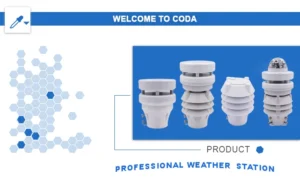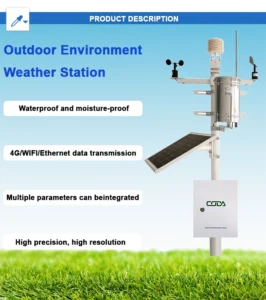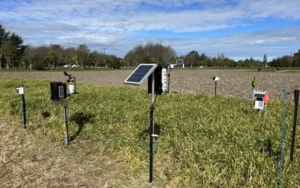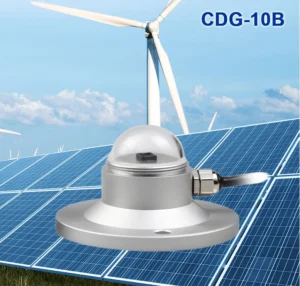Solar Weather Stations: Illuminating the Sky’s Energy Dynamics
Introduction
Solar weather stations are advanced monitoring systems dedicated to observing and studying the Sun’s activity and its effects on Earth’s space environment. In a time when technological systems face growing risks from solar-induced disturbances, these stations serve as essential tools for protecting critical assets, including satellite communication networks and power grids.
Key Components and How They Work
1. Solar Irradiance Sensors
**Function:** Solar irradiance sensors monitor the intensity of solar radiation reaching the Earth, encompassing visible light, ultraviolet (UV), and infrared (IR) radiation. The most common type is the pyranometer, which measures global solar irradiance—that is, the total solar energy received from the entire sky. In contrast, pyrheliometers specialize in measuring direct normal irradiance, capturing the solar radiation arriving straight from the Sun without atmospheric scattering.
**Working Principle:** Pyranometers typically utilize a thermopile detector, which generates an electrical voltage proportional to solar irradiance. This occurs when incoming radiation heats the detector, creating a temperature difference. Pyrheliometers, on the other hand, employ a tracking system that continually aligns with the Sun, enabling them to measure radiation within a narrow field of view.
2. Magnetometers
**Function:** Magnetometers measure the Earth’s magnetic field’s intensity and direction, which can be heavily influenced by solar activity. Events such as solar flares and coronal mass ejections (CMEs) release vast amounts of charged particles that interact with Earth’s magnetosphere, often triggering geomagnetic storms.
**Working Principle:** Various types of magnetometers exist, including fluxgate magnetometers, which operate on the principle of magnetic induction. These instruments contain a ferromagnetic core wound with coils. When exposed to an external magnetic field, the core’s magnetic properties shift, inducing an electrical signal within the coils. The strength and orientation of this signal provide information about the external magnetic field’s characteristics.
3. Particle Detectors
**Function:** Particle detectors in solar weather stations focus on identifying high-energy particles—such as protons and electrons—ejected from the Sun during solar flares and CMEs. These particles can disrupt satellite systems, jeopardize astronaut safety, and interfere with Earth’s radio communications.
**Working Principle:** A common example is solid-state particle detectors, which rely on semiconductor materials. When charged particles penetrate these detectors, they generate electron-hole pairs within the semiconductor material. By collecting these charge carriers, the detector produces an electrical signal that reveals both the energy and type of incoming particle.
The Importance of Solar Weather Stations
1. **Protecting Space-Based Assets**
– **Satellite Operations:** Solar radiation poses significant risks to satellites, such as surface charging that can lead to electrical malfunctions. Additionally, high-energy particles may infiltrate satellite electronics, causing single-event upsets (SEUs), where the state of a digital circuit unintentionally changes. By offering advance warnings of solar storms, solar weather stations enable satellite operators to implement preventive actions like powering down sensitive components or adjusting the satellite’s orientation to minimize radiation exposure.
– **Astronaut Safety:** During spacewalks or prolonged periods in space, astronauts face potential harm from solar radiation. Solar weather stations assist in mission planning by forecasting periods of heightened solar activity. If a significant solar storm is predicted, astronauts can take refuge inside the spacecraft’s protective shielding.
2. **Safeguarding Earth-Based Infrastructure**
– **Power Grids:** Geomagnetic storms can generate powerful electric currents within power grids, potentially overloading transformers and causing widespread outages. By predicting these events, solar weather stations allow power grid operators to take preemptive measures, such as reducing the system’s load or activating protective mechanisms to prevent transformer damage.
– **Communication Systems:** Solar activity can severely disrupt high-frequency (HF) radio communications often used for long-distance transmissions. Solar weather stations monitor phenomena like solar flares and ionospheric disturbances, equipping communication operators with the foresight to switch to alternative methods or adjust transmission frequencies to maintain connectivity.
